Not long ago, most people changed oil every 3,000 miles (4,800 km). No matter what. Well, except AMSOIL users who took advantage of the 25,000-mile (40,200-km)/1-year drain interval of our top-tier synthetic oil. Then oil life monitors (OLM) came along and changed the game.
While first-generation oil life monitors were simple, mileage-based systems that prescribed fixed oil-change intervals regardless of operating conditions, today’s systems are far more sophisticated. They monitor several conditions known to reduce oil life, enter those values into an algorithm and return the oil-life percentage you see on your vehicle’s display.
Today, it’s common for an OLM in a vehicle driven mostly under normal service to recommend an oil change after 10,000 miles (16,000 km) or more. They’ve prevented the waste of countless quarts of perfectly good oil over the years.
What does an oil life monitor track?
Honestly, oil-life monitor is a poor description for these systems. A better name is oil life estimator. They do not monitor any direct physical or chemical property of oil; they only accumulate data from the vehicle’s computer and predict how your driving habits and operating conditions have affected the oil’s viscosity, total base number (a measure of remaining detergency), oxidation level and other factors.
Since the OLM can’t measure these key properties like a chemist in a lab would measure them, how can it know when the oil has, for example, only 10 percent life remaining? It can’t – it simply estimates oil life based on an algorithm.
Driving conditions affect oil life percentage
Oil life monitors track climate, driving habits and other conditions. The algorithm calculates mileage, idle time, engine temperatures, trip times, engine loads, and ignition starts and stops. It then establishes an oil change interval as low as 3,000 miles (4,800 km) and all the way up to 10,000 miles (16,000 km) and more depending on severity of conditions.
Typically, an OLM establishes oil-change intervals in the 5,000-7,000 mile (8,000-11,000 km) range.
Here is a real-world example: Say you start your car 20 minutes before you leave the house because it’s -30˚F (-34ºC) outside and you like to get in a warm car.
Then you drive about 15 minutes to work. These conditions will lead to a shorter oil change interval since increased idle time, cold temperatures and frequent short trips shorten oil life more than “normal” operating conditions.
Find out: Should I Warm Up My Car in Winter?
Oil life monitors are advanced compared to the universal 3,000-mile oil change from years ago. However, there are some gaps in the technology.
Here are a few things oil life monitors don’t track
- Oil Level – Oil life monitors don’t keep track of the amount of oil in your engine. However, if you completely run out of oil, hopefully your oil pressure light will illuminate before your engine fails. It’s good practice to check oil at least every month to help avoid such a scenario.
- Oil Quality – Oil life monitors have no ability to measure oil quality. They can’t distinguish between, for example, AMSOIL Signature Series Synthetic Motor Oil and vegetable oil (do not try that at home). That’s why your oil life monitor may trigger even though the oil in your engine still has thousands of miles to go before requiring a change. In such cases, you can safely use the oil for the full drain interval recommended on the label.
- Oil Condition– Like I said, as sophisticated as your OLM is, it can’t tell you, for example, that there are 1,000 ppm of wear metal in your oil. Only oil analysis can do that. If you have not tried it, I highly recommend it. Oil analysis can give insight into many different aspects of your vehicle.
How to reset your oil life monitor
This is the biggest question surrounding oil life monitors. They’re all a little different.
Some older vehicles require turning the key and pumping the accelerator a few times while the chime is sounding. Newer vehicles often require navigating to the proper screen on the display and following the prompts.
Consult your owner’s manual or YouTube for directions. I have found that searching the year, make, model and “oil monitor reset” yields great instructions.
Why are oil life monitors necessary?
Despite their shortcomings, oil life monitors offer a better alternative to wasting perfectly good motor oil.
Your OLM also acts as a safeguard against driving too long without an oil change in severe service. Many motorists may not realize they subject their vehicles to extended idle times or frequent short trips, which can expose the engine to wear if you don’t keep on top of oil changes.
Updated. Originally published Jan. 22, 2018.
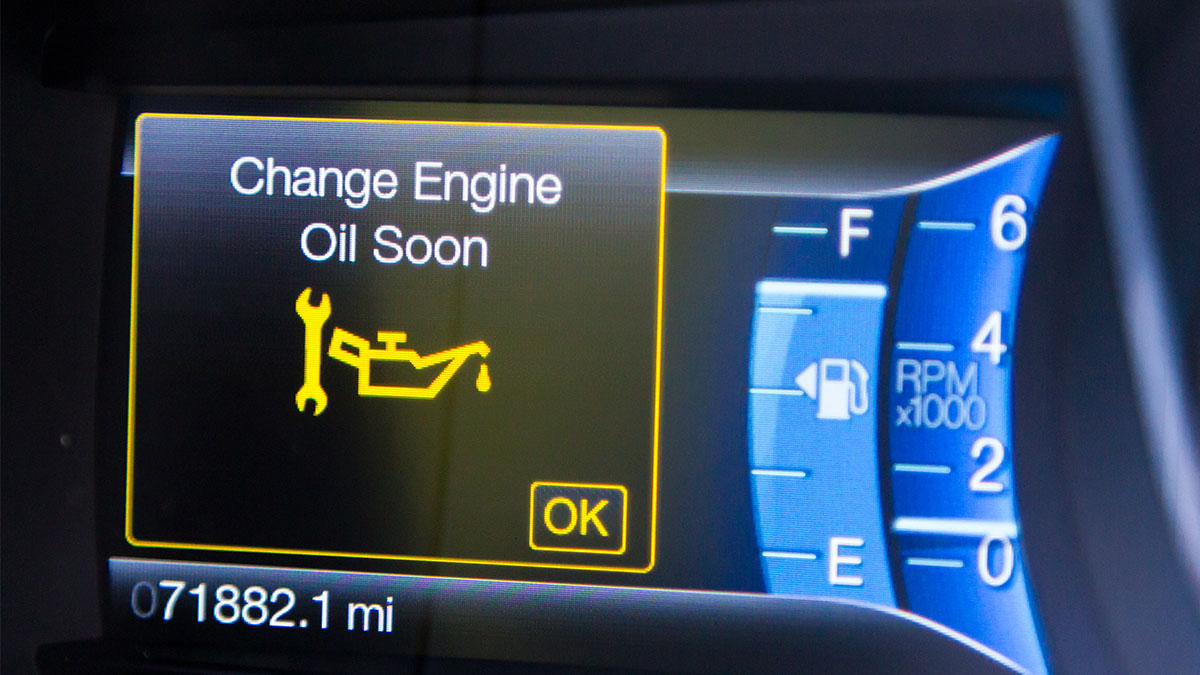
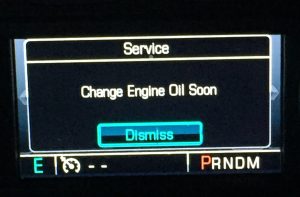

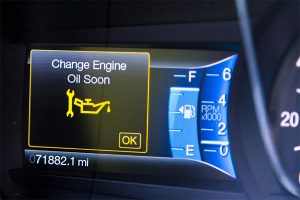

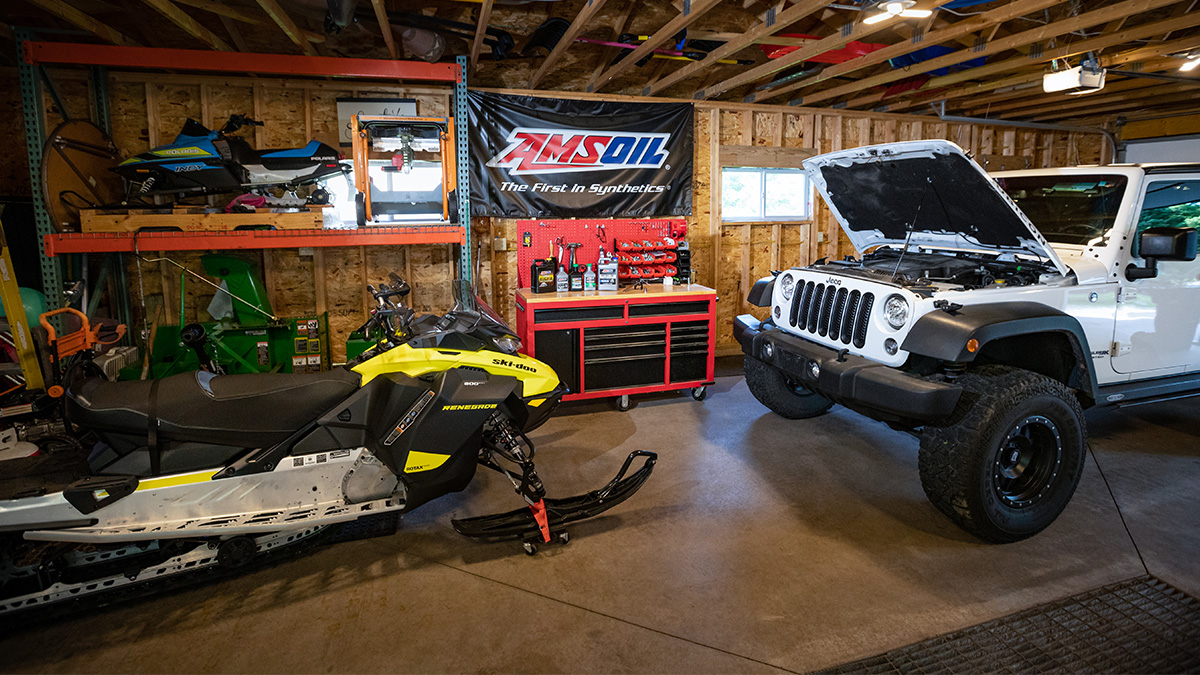
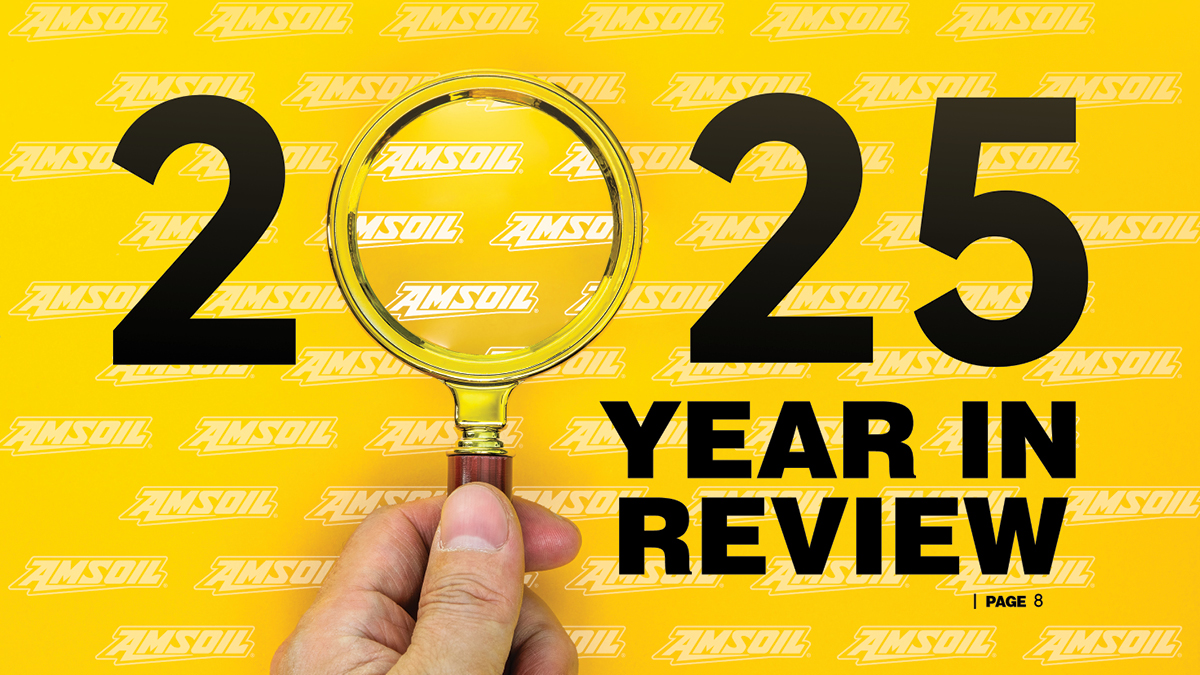

Comments
Share: